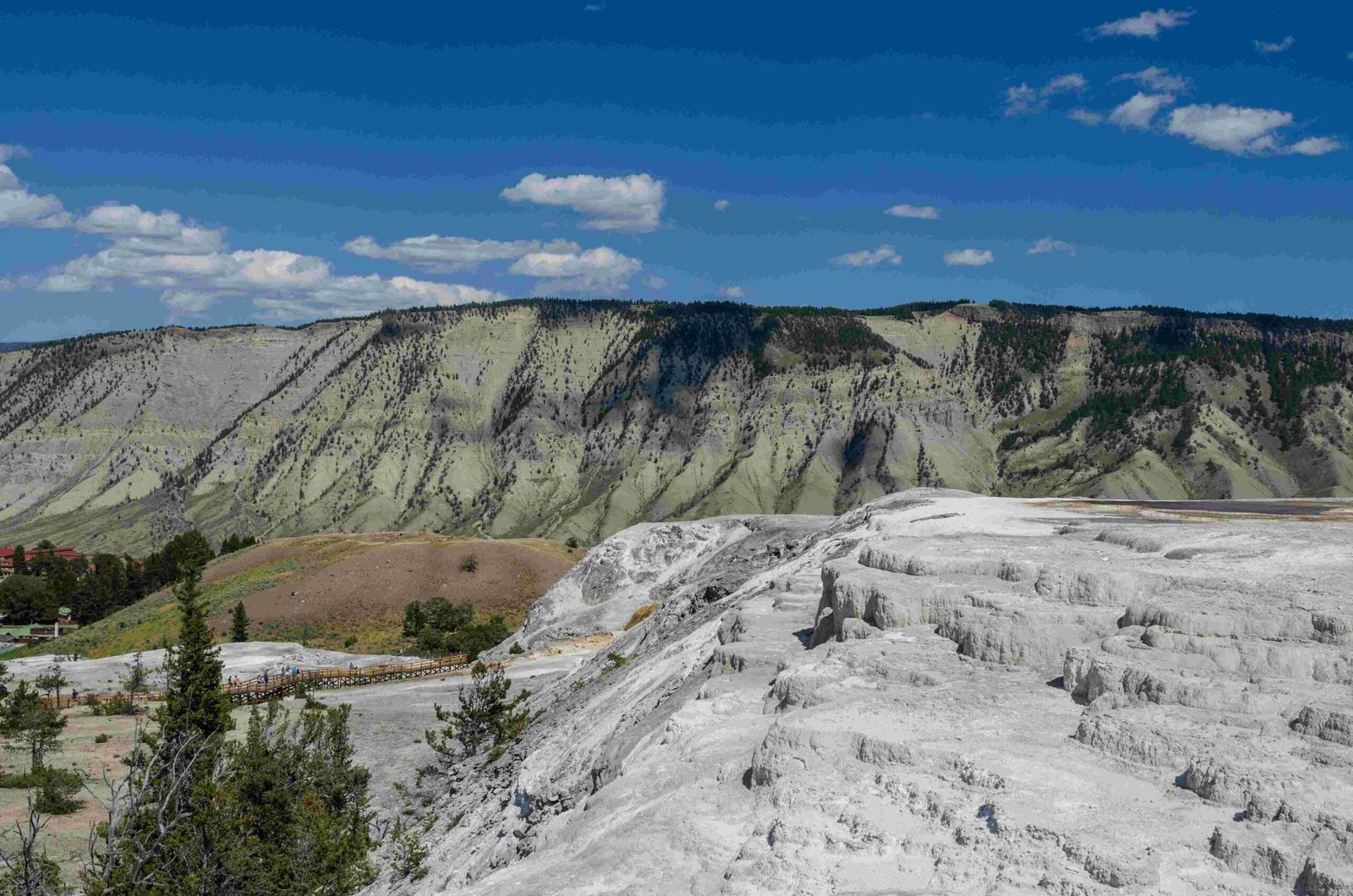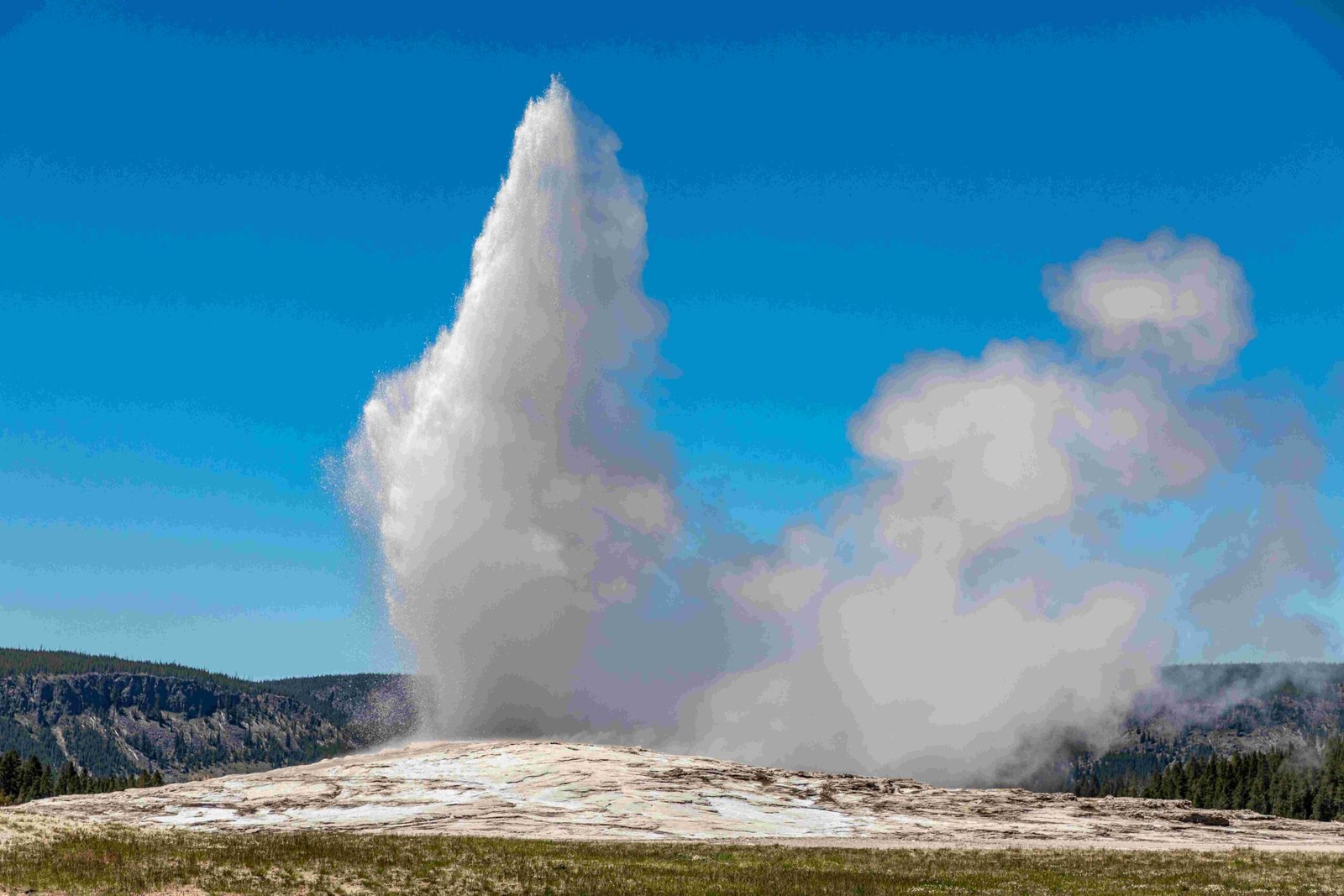On April 21, 2024, a shocking incident occurred at Yellowstone National Park when a man harassed a bison, violating park rules and endangering both himself and the animal. Clarence Yoder, a 40-year-old from Idaho Falls, approached a bison herd too closely and kicked one of the animals, leading to his arrest and injury. This event highlights the importance of respecting wildlife and following park regulations for the safety of visitors and animals alike.
What Happened During the Bison Harassment Incident?

The incident took place on the West Entrance Road near the Seven Mile Bridge, approximately seven miles east of Yellowstone’s West Entrance. Clarence Yoder, the man who harassed a bison at Yellowstone National Park, approached a bison herd within 25 yards and kicked one of the bison in the leg. This reckless action not only violated park regulations but also put Yoder in immediate danger.
Park rangers responded promptly to reports of the harassment and apprehended Yoder in a vehicle driven by another individual in West Yellowstone, Montana. The quick response of the park staff demonstrates their commitment to enforcing wildlife protection rules and ensuring visitor safety.
What Laws Did the Man Break by Harassing the Bison?

Yoder’s actions violated several Yellowstone National Park regulations and laws:
- Approaching Wildlife: Visitors must stay at least 25 yards away from large animals, including bison.
- Disturbing Wildlife: Kicking the bison is a clear violation of the prohibition against disturbing wildlife.
- Disorderly Conduct: Creating a hazardous condition through his actions.
- Being Under the Influence: Yoder was charged with being under the influence of alcohol to a degree that may endanger oneself.
Additionally, McKenna Bass, the driver of the vehicle Yoder was in, was charged with:
- Driving Under the Influence
- Failure to Yield to Emergency Light Activation
What Penalties Does a Person Face for Harassing Wildlife in Yellowstone?
The consequences for harassing wildlife in Yellowstone National Park can be severe:
- Each violation can result in fines up to $5,000
- Offenders may face up to six months in jail
- Potential restrictions or bans from visiting national parks in the future
In Yoder’s case, he was arrested and taken to the Gallatin County Detention Center after receiving medical attention for minor injuries sustained during the incident. Both Yoder and Bass appeared in court on April 22 and pleaded not guilty to the charges.
How Common Are Bison-Related Incidents in Yellowstone?
While incidents of bison harassment are not everyday occurrences, they do happen with concerning frequency:
- This was the first reported incident of a visitor being injured by a bison in 2024
- There was one reported incident in 2023
- Three incidents occurred in 2022
- On June 1, 2024, an 83-year-old woman was gored by a bison in a separate incident
These statistics underscore the ongoing risk of human-wildlife conflicts in the park and the need for continued education and enforcement of safety regulations.
What Measures Does Yellowstone Take to Prevent Wildlife Harassment?
Yellowstone National Park employs several strategies to prevent wildlife harassment and protect both animals and visitors:
- Active Monitoring: Rangers patrol the park and respond quickly to reports of wildlife harassment.
- Legal Enforcement: Violators are arrested, charged, and face legal consequences.
- Educational Campaigns: The park provides information on wildlife safety through various channels.
- Signage: Clear signs throughout the park remind visitors of safe distances to maintain from wildlife.
- Visitor Guidelines: The park emphasizes simple rules such as not approaching, feeding, or disturbing wildlife.
What Can Visitors Learn from This Incident?
The incident involving a man who harassed a bison at Yellowstone National Park serves as a stark reminder of the importance of respecting wildlife and following park regulations. Visitors can learn several crucial lessons:
- Maintain Safe Distances: Stay more than 25 yards away from large animals and at least 100 yards away from bears and wolves.
- Observe, Don’t Interact: Appreciate wildlife from a distance without attempting to approach or touch them.
- Follow Park Rules: Adhere to all park regulations, which are designed for the safety of both visitors and animals.
- Stay Sober: Alcohol impairment can lead to poor decision-making around wildlife.
- Report Violations: If you witness wildlife harassment, report it to park rangers immediately.
How Can Yellowstone Improve Wildlife Protection?
To further enhance wildlife protection and visitor safety, Yellowstone National Park could consider:
- Increased Patrols: More frequent ranger presence in high-traffic wildlife areas.
- Enhanced Education: Mandatory wildlife safety briefings for all park entrants.
- Technology Integration: Use of drones or cameras to monitor wildlife hotspots.
- Stricter Penalties: Implement harsher fines or longer park bans for repeat offenders.
- Collaborative Research: Partner with wildlife behaviorists to better understand and predict animal-human interactions.
What Are the Long-Term Impacts of Wildlife Harassment?
The harassment of wildlife, such as the incident with a man who harassed a bison at Yellowstone National Park, can have far-reaching consequences:
- Animal Stress: Repeated harassment can lead to chronic stress in wildlife populations.
- Behavioral Changes: Animals may alter their natural behaviors to avoid human contact.
- Habitat Shifts: Wildlife may abandon preferred habitats due to human disturbance.
- Public Perception: Incidents can negatively impact the park’s reputation and visitor experience.
- Resource Allocation: Park resources may be diverted from conservation efforts to manage human-wildlife conflicts.
In conclusion, the incident involving a man who harassed a bison at Yellowstone National Park serves as a powerful reminder of the responsibility we all share in protecting and respecting wildlife. By following park regulations, maintaining safe distances, and appreciating animals from afar, we can ensure that Yellowstone remains a sanctuary for both wildlife and human visitors for generations to come.

